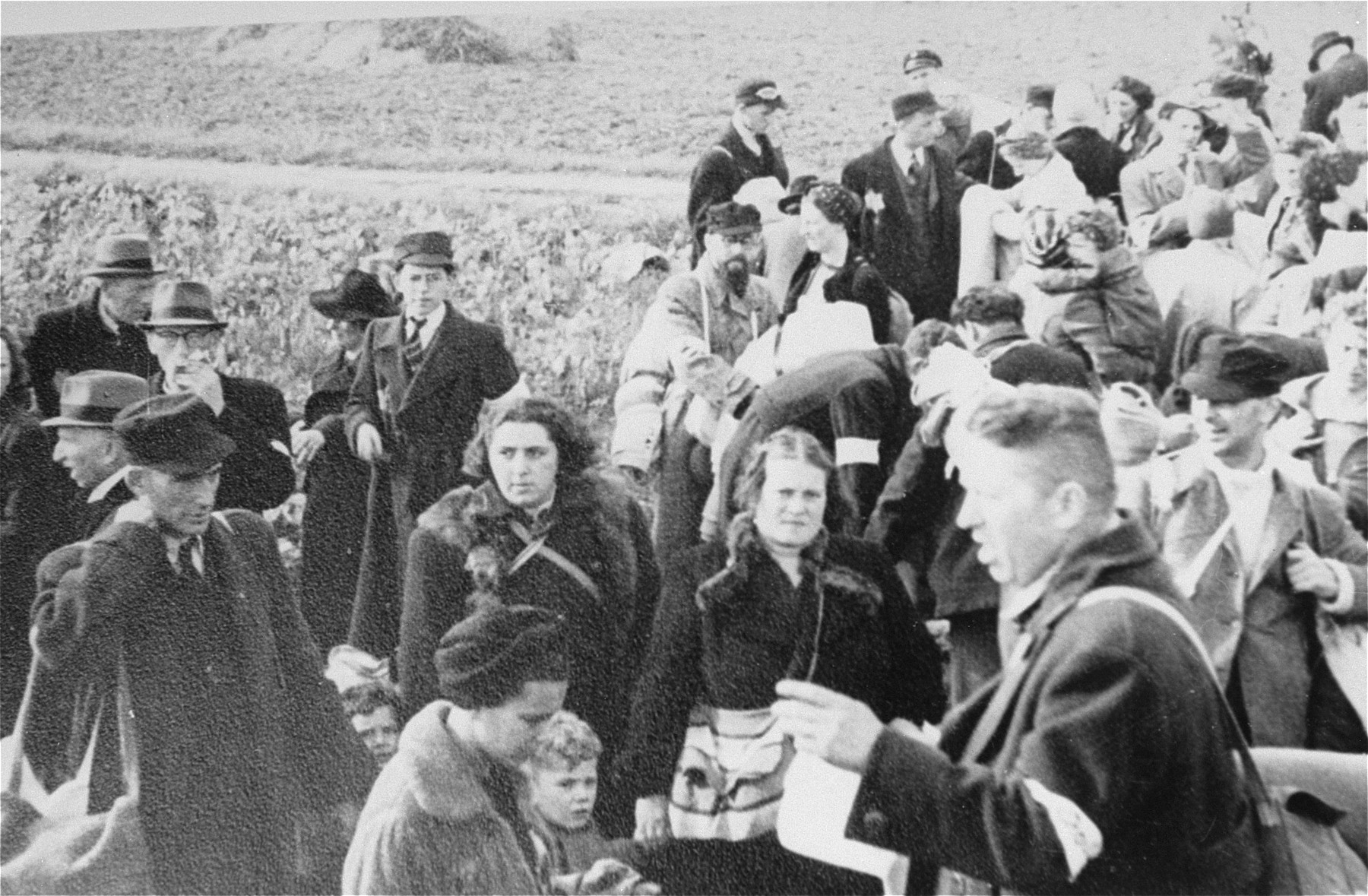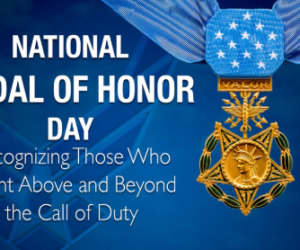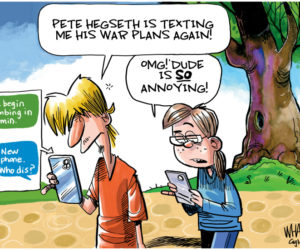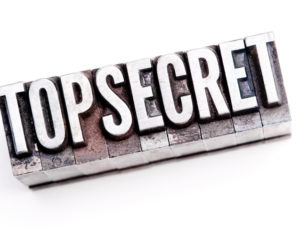
In her haunting book, The Diary Keepers: World War II in the Netherlands, as Written by the People Who Lived Through It, Nina Siegal delicately weaves together selected excerpts from nine diaries. Excerpts that record the most intimate thoughts and experiences of nine Dutch people who lived during the Nazi occupation, the darkest period in modern Dutch history.
Most of the diaries are by persecuted Dutch Jews, by brave members of the resistance and by ordinary Dutch people who, risking their own safety, helped and protected their Jewish fellow citizens, saving many Jewish lives.
One diary, however, is by a Dutch Nazi police chief, a collaborator who crams his 3,300-page diary with “justifications and denials.”
The author collected excerpts from more than 2,000 diaries written during the war and now housed at Amsterdam’s NIOD Instituut voor Oorlogs-, Holocaust- en Genocidestudies (Institute for War, Holocaust and Genocide Studies.)
The diaries, however, may be just the tip of the iceberg, especially when it comes to collaborators, “from men who volunteered for the German army to those accused of betraying resisters and Jews, who were often arrested or sent to their deaths.”
In a recent New York Times article, Siegal writes that, after the War, more than 300,000 Dutch people were investigated for collaboration with the Nazis and that more than 65,000 accused collaborators ended up standing trial. Some were stripped of certain civil rights, some sent to prison and others condemned to death, she writes.
Most of the evidence used in the trials “including police reports, witness depositions, material evidence and photos” has been stored in the National Archives and, for the past 75 years, it has only been accessible to selected groups such as researchers and relatives of those who were accused of collaboration “and only after proving that an accused perpetrator is dead and explaining the reasons for their inquiry.”
In 2025, those restrictions will be lifted and a trove of more than thirty million documents will be opened to the public.
In addition, just as one can now search for names of Holocaust victims in certain data bases, once the “collaborators” files are digitized one will be able to “type in the name of a victim and discover who was accused of betraying them,” according to Edwin Klijn, project leader of The War in Court, a consortium of Dutch institutes that focus on history and support the expanded access.
The Netherlands is not the first to make such files public. However, the ease of access to the public is new and something that is a cause for both praise and concern.
Klijn, for example, argues that it is time to remove the cloak from the collaboration issue and that the expanded access to the data will help understand why people made “these kinds of decisions” during the War.
Paul Shapiro, director of the Office of International Affairs at the U.S. Holocaust Memorial Museum in Washington D.C., also believes that free access to the files will help in “understanding how and why regular people and institutions participated in the Holocaust.”
Others, such as Dutch author Sytze van der Zee, compare it to “opening up a Pandora’s box.” Van der Zee, whose father was a Dutch Nazi – a discovery that pained him immensely – would like to “wait another 50 years or so” before opening files with things in them “that are so horrible and disgusting — things that people did to survive, things you don’t want to know about your grandmother.”
It is probably very painful for children and grandchildren of accused Nazi collaborators to discover such a shameful wartime past, but it is also understandable that the children and grandchildren of Holocaust victims would seek such closure.
Please read the full piece here.
















